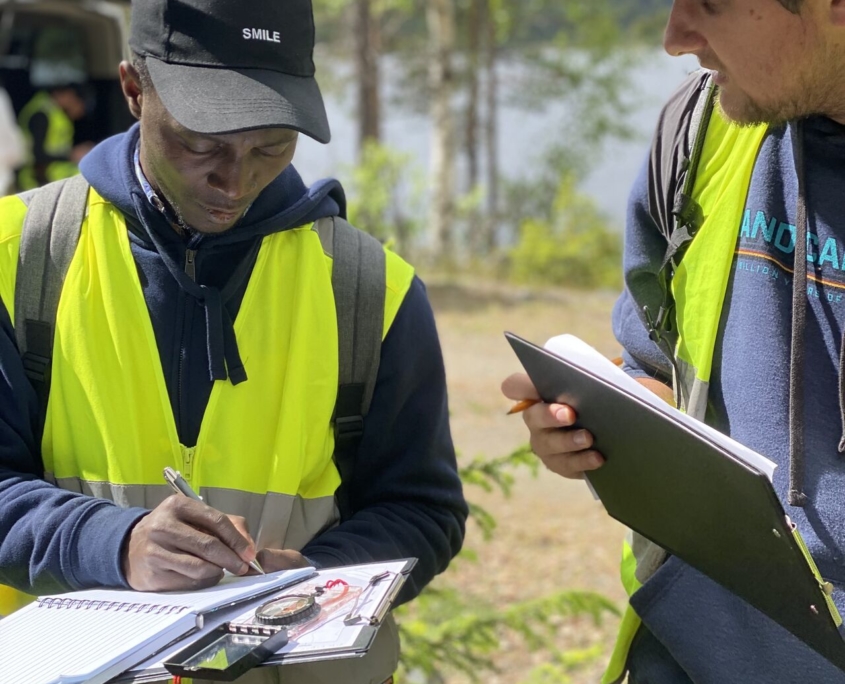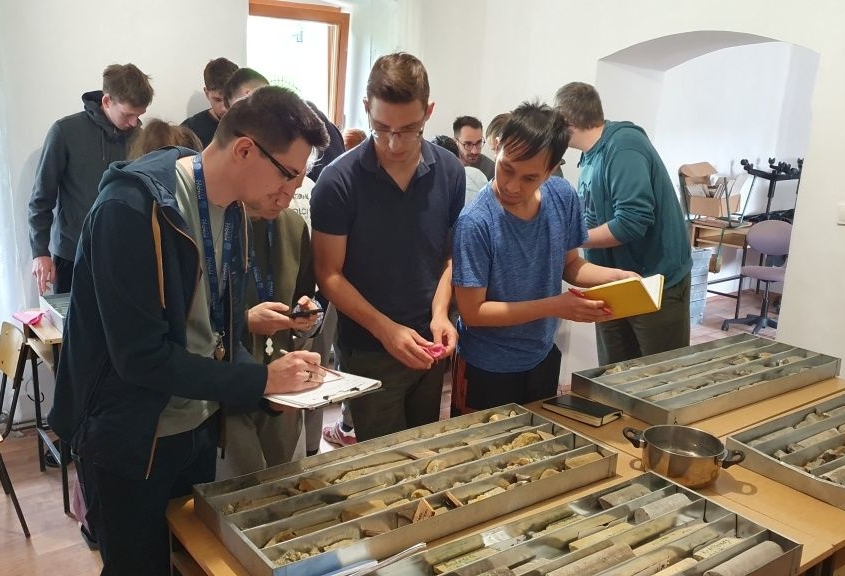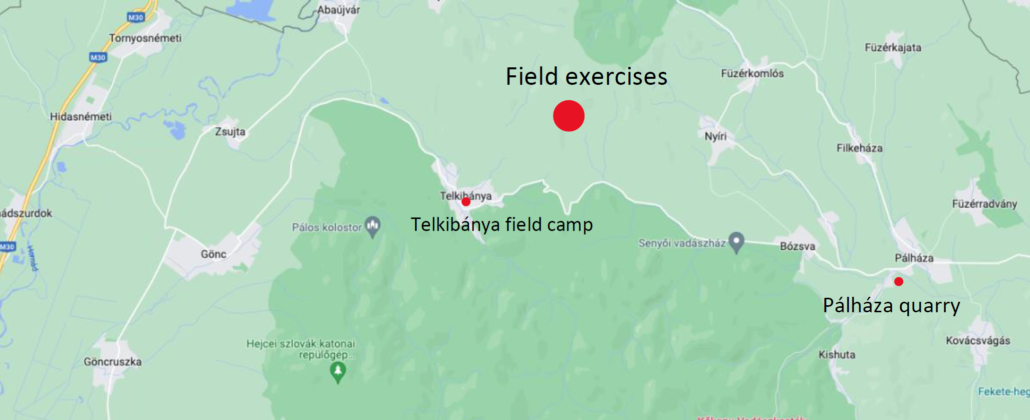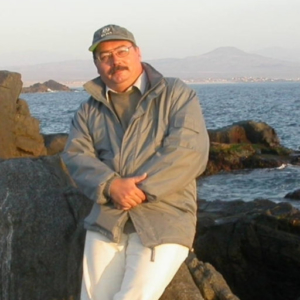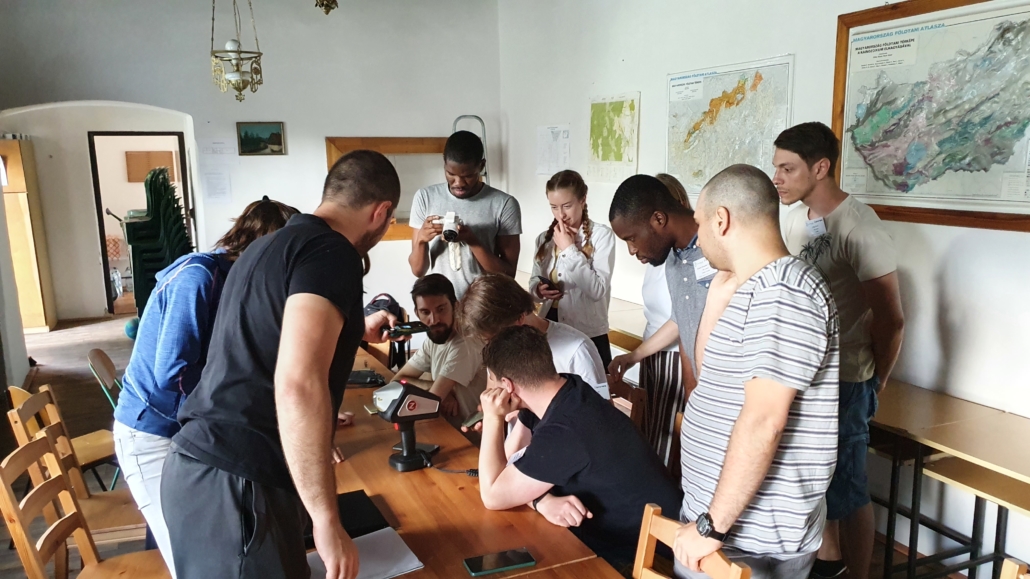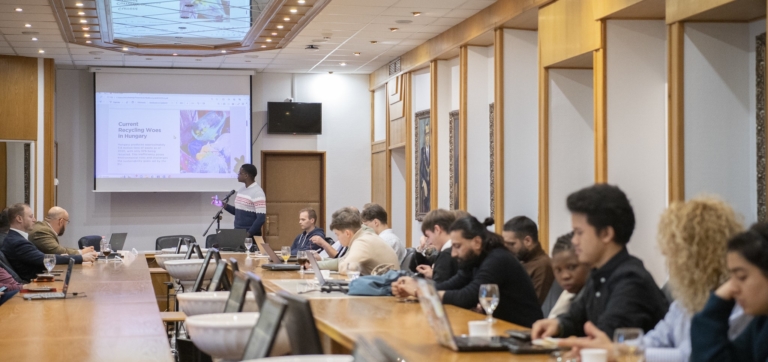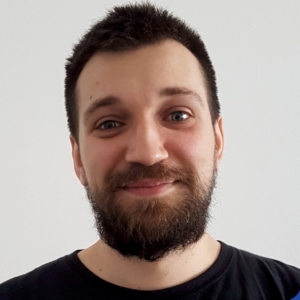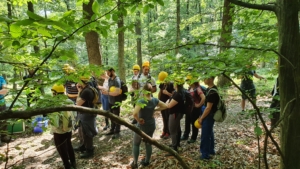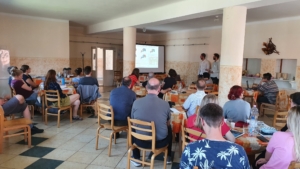The 6th edition of the Applied Field Exploration course comprised 3 geophycisists from Boliden and 20 students from Luleå University of Technology, University of Miskolc, Wroclaw University of Science and Technology and University of Zagreb / Sveučilište u Zagrebu, as part of the TIMREX programme.
After 3 days of mapping, the students have already mapped out several structures, stratigraphic units and alteration zones of interest for VMS exploration. The field mapping exercises have been interleaved with talks by Johannes Holzäpfel and Dave Maher of EMX Royalty Corporation and Amanda Scott (BSc Geology, FAusIMM) of Scott Geological AB touching various aspects of entrepreneurship and drivers in the mineral exploration industry.
The most promising target was tested with a geophysical survey, and on Friday the team headed to Boliden for a drill core logging exercise and talks by Mac Fjellerad Persson and Tobias Hermansson.





